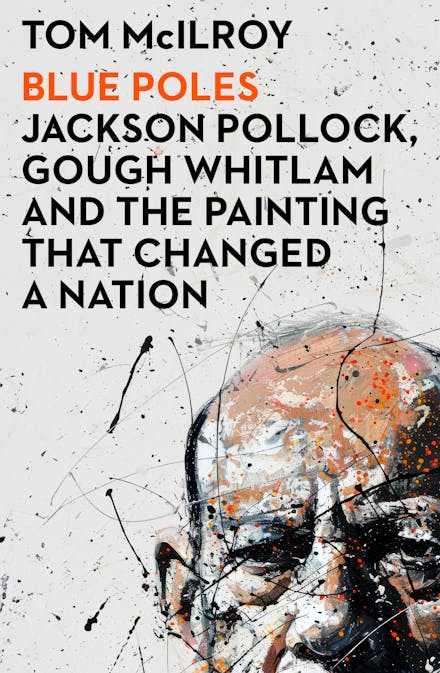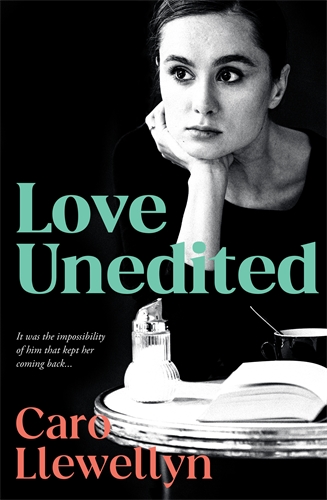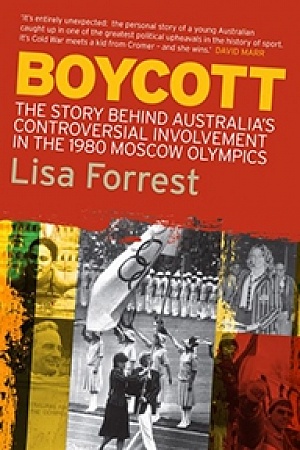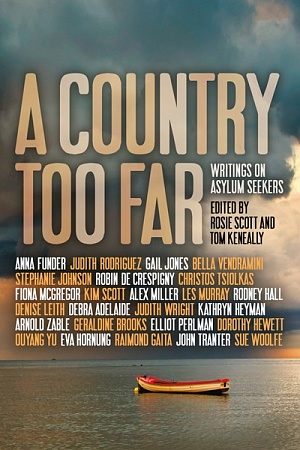Into the heart of Tasmania: A search for human antiquity
Melbourne University Press, $34.99 pb, 270 pp, 9780522867961
Into the heart of Tasmania: A search for human antiquity by Rebe Taylor
The historian Rebe Taylor has a fascination with Australia’s southern islands and their capacity to contain or magnify issues of identity for their indigenous inhabitants, if not for their broader populations. Her first book, Unearthed: The Aboriginal Tasmanians of Kangaroo Island (2012), traced the forgotten story of the Tasmanian Aboriginal women taken there by British and American sealers during the early nineteenth century and the subsequent history of their families. Taylor was able to weave her journey of detection together with the islanders’ own hunches and clues as to their families’ misty origins. She was well aware that behind this remarkable story of retrieval loomed a darker tale of loss, violence, and guilt, centred on the island of Tasmania itself. Into the heart of Tasmania would be her next assignment.
To characterise Tasmanian Aboriginal and colonial history as fraught is a clear understatement, for even expressions of anguish at the devastating effects of colonial violence can draw sharp responses from Aboriginal descendants resentful of the implication that, like their ancestors, they also have been made to disappear through the ‘device’ of extinction. This potent element of identity formation and the identification of research-based enquiry with colonialism have become framing concerns in recent Tasmanian historiography. It accounts for the particular style of this book, and one has to admire Taylor’s intrepid and creative research methodology, which sees her combine the biography of a high eccentric with an exploration of contemporary Tasmanian identity politics. She achieves this neatly enough by displacing the role of problematic interrogator to the anachronistic figure of Ernest Westlake himself, but perhaps not without cost.
Continue reading for only $10 per month. Subscribe and gain full access to Australian Book Review. Already a subscriber? Sign in. If you need assistance, feel free to contact us.














Leave a comment
If you are an ABR subscriber, you will need to sign in to post a comment.
If you have forgotten your sign in details, or if you receive an error message when trying to submit your comment, please email your comment (and the name of the article to which it relates) to ABR Comments. We will review your comment and, subject to approval, we will post it under your name.
Please note that all comments must be approved by ABR and comply with our Terms & Conditions.